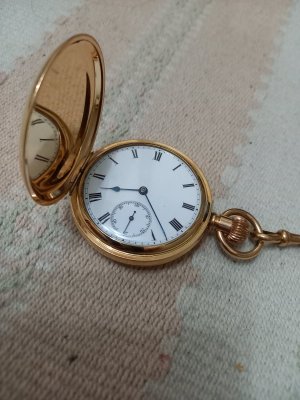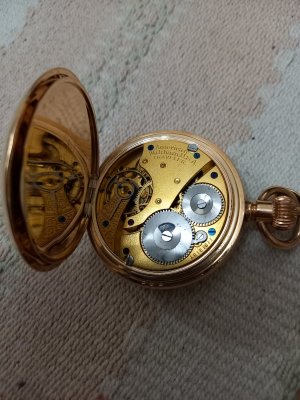Chriscrawfordphoto
Real Men Shoot Film.
Chris -- I would think any decent jeweler would be able to buff out those scratches, or at least make them almost unnoticeable. I have a Hamilton field watch I got new in the mid-70s (L.L. Bean model) with some deep scratches -- a local jeweler fixed it up in maybe 10 minutes' time. For free.
That probably has an acrylic crystal. Those are easy to remove scratches from; I've done it myself on other watches. Unfortunately, the crystal in my Seiko is something Seiko calls "Hardlex." It is a hardened glass that has the disadvantage of still being scratchable (unlike Sapphire) but too hard to buff out any scratches it gets (unlike acrylic). Replacement is pretty much the only option. Anything able to grind those scratches off would tear up the watch bezel; and if we have to take the crystal out, might as well install a new one.






